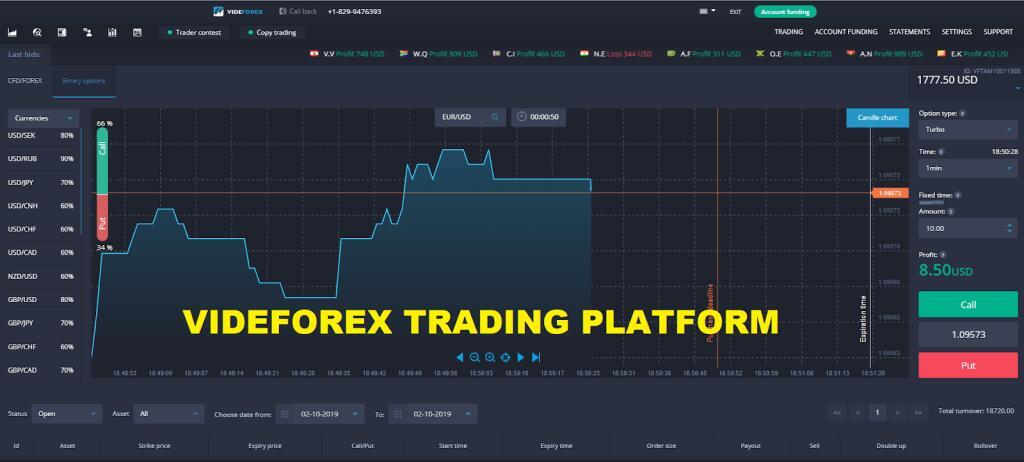Ending Inventory Formula Calculator Excel template

Consider negotiating with suppliers or increasing product prices for a better ratio of net income to ending inventory. Figure 10.12 shows the gross margin resulting from the weighted-average periodic cost allocations of $8283. Figure 10.20 shows the gross margin, resulting from the weighted-average perpetual cost allocations of $7,253.

It is considerably more important to note the value of opening inventory and closing inventory (ending inventory). Because both the inventories should have equal value from the prior accounting period. Companies with perishable goods or items heavily subject to obsolescence free receipt forms are more likely to use LIFO. Logistically, that grocery store is more likely to try to sell slightly older bananas as opposed to the most recently delivered. Should the company sell the most recent perishable good it receives, the oldest inventory items will likely go bad.
Example 4: Gross profit method
The weighted average cost method assigns a cost to ending inventory and COGS based on the total cost of goods purchased or produced in a period divided by the total number of items purchased or produced. It „weights“ the average because it takes into consideration the number of items purchased at https://online-accounting.net/ each price point. The most straightforward way to calculate the ending inventory is to conduct a physical count. This, however, is not always possible; it may be far too time – and labor – consuming, or you might be too busy shipping products at the end of the month to perform an actual count.
- This straightforward guide includes 5 formulas for calculating ending inventory with step-by-step examples.
- Minus the $12,000 worth of products you’ve sold through the same period, ending inventory would be $3,000.
- There are several ways to calculate the ending inventory formula, and the one that works best depends on your specific situation.
- Finished goods refers to the product you sell, not the component you purchase to make an item.
- For The Spy Who Loves You, using perpetual inventory updating, the first sale of 120 units is assumed to be the units from the beginning inventory, which had cost $21 per unit, bringing the total cost of these units to $2,520.
LIFO usually doesn’t match the physical movement of inventory, as companies may be more likely to try to move older inventory first. However, companies like car dealerships or gas/oil companies may try to sell items marked with the highest cost to reduce their taxable income. Although the ABC Company example above is fairly straightforward, the subject of inventory and whether to use LIFO, FIFO, or average cost can be complex.
If you’re using LIFO to calculate ending inventory
When perpetual methodology is utilized, the cost of goods sold and ending inventory are calculated at the time of each sale rather than at the end of the month. For example, in this case, when the first sale of 150 units is made, inventory will be removed and cost computed as of that date from the beginning inventory. The differences in timing as to when cost of goods sold is calculated can alter the order that costs are sequenced. Following that logic, ending inventory included 150 units purchased at $21 and 135 units purchased at $27 each, for a total LIFO periodic ending inventory value of $6,795.
- The specific identification method of cost allocation directly tracks each of the units purchased and costs them out as they are sold.
- Using the right software can help you accurately determine the value of your ending inventory much more quickly and with less stress.
- That way, you can track inventory from one dashboard, helping you make more accurate buying and selling decisions, provide better customer service, and save on inventory and logistics costs.
- Thomas’s ending inventory includes all 500 items as $3.25 each, with the whole total amount of value as $1300.
- The technology advancements that are available for perpetual inventory systems make it nearly impossible for businesses to choose periodic inventory and forego the competitive advantages that the technology offers.
It will become your guide, mentor, and assistant to help you avoid mistakes and save you money. Ending inventory is finding the trend between beginning Inventory and ending inventory. Ending inventory is the current value of your goods while beginning inventory is the previous value of goods.
The simplest way to calculate ending inventory is to do a physical inventory count. But most of the time it doesn’t make sense to do a physical count, especially if you have a large amount of inventory to keep track of. The company has been incorporating elements of AI into its business for years, but its first major stand-alone A.I. Goodarzi believes that an early gamble on AI, along with a massive trove of data, is a winning strategy to extend the company’s domination of tax and accounting software for individuals and small businesses. And he has quite literally bet his entire company on the idea that millions of people will trust an AI service to recommend specific, personalized business decisions. Ending inventory is the number of goods left for sale by the company at the accounting period end.
Inventory Valuation Methods
FIFO can be a better indicator of the value for ending inventory because the older items have been used up while the most recently acquired items reflect current market prices. For most companies, FIFO is the most logical choice since they typically use their oldest inventory first in the production of their goods, which means the valuation of COGS reflects their production schedule. Inventory management systems, though expensive, can give you exact inventory counts in real-time. For most businesses, the most affordable way to access these systems is to partner with third-party logistics providers (3PLs). The weighted average method (WAC) is best for businesses whose products are identical, or are limited to just a few SKUs.
Melanie has been writing about inventory management for the past three years. When not writing about inventory management, you can find her eating her way through Auckland. To learn more about how Ware2Go’s platform can simplify inventory management for your business, reach out to one of our supply chain experts.
2 Calculate the Cost of Goods Sold and Ending Inventory Using the Periodic Method
Most businesses calculate ending inventory at the end of an accounting period, including it as an asset on their balance sheet for calculating taxes and accurately estimating the value of their business. The following cost of goods sold, inventory, and gross margin were determined from the previously-stated data, particular to LIFO costing. The cost of goods sold, inventory, and gross margin shown in Figure 10.7 were determined from the previously-stated data, particular to FIFO costing. The last-in, first-out method (LIFO) of cost allocation assumes that the last units purchased are the first units sold. Once those units were sold, there remained 30 more units of beginning inventory. At the time of the second sale of 180 units, the LIFO assumption directs the company to cost out the 180 units from the latest purchased units, which had cost $27 for a total cost on the second sale of $4,860.
Lands‘ End Announces Second Quarter Fiscal 2023 Results – Marketscreener.com
Lands‘ End Announces Second Quarter Fiscal 2023 Results.
Posted: Thu, 31 Aug 2023 10:46:01 GMT [source]
Once you’ve calculated your business’s ending inventory, you can use that information in many ways. Here are just some of the things brands can do after they’ve calculated ending inventory for a given period. Besides the method explained above, there are other methods for calculating the ending inventory value. You can also access both of them by setting „no“ in the Is the value of COGS known? Intuit already had data from its 57 million customers, which gave it a significant advantage when it came to financially focused AI. Then in 2020, Goodarzi bought Credit Karma, a personal money management platform, for $8.1 billion.
Information Relating to All Cost Allocation Methods, but Specific to Periodic Inventory Updating
For a balance sheet to be complete, you’ll need to claim all inventory as an asset. Knowing your ending inventory value will impact your balance sheets and your taxes, so it’s important to calculate the value of your inventory correctly. Auditors may require that companies verify the actual amount of inventory they have in stock. Doing a count of physical inventory at the end of an accounting period is also an advantage, as it helps companies determine what is actually on hand compared to what’s recorded by their computer systems. But knowing how much sellable inventory is on hand at the end of the accounting period may be a challenge.

As a result, LIFO isn’t practical for many companies that sell perishable goods and doesn’t accurately reflect the logical production process of using the oldest inventory first. For example, a company that sells seafood products would not realistically use their newly-acquired inventory first in selling and shipping their products. In other words, the seafood company would never leave their oldest inventory sitting idle since the food could spoil, leading to losses. The valuation method that a company uses can vary across different industries. Below are some of the differences between LIFO and FIFO when considering the valuation of inventory and its impact on COGS and profits. The average inventory method usually lands between the LIFO and FIFO method.
Match inventory recorded with actual inventory
And companies are required by law to state which accounting method they used in their published financials. The company made inventory purchases each month for Q1 for a total of 3,000 units. However, the company already had 1,000 units of older inventory that was purchased at $8 each for an $8,000 valuation.
Leave a Reply
Want to join the discussion?Feel free to contribute!